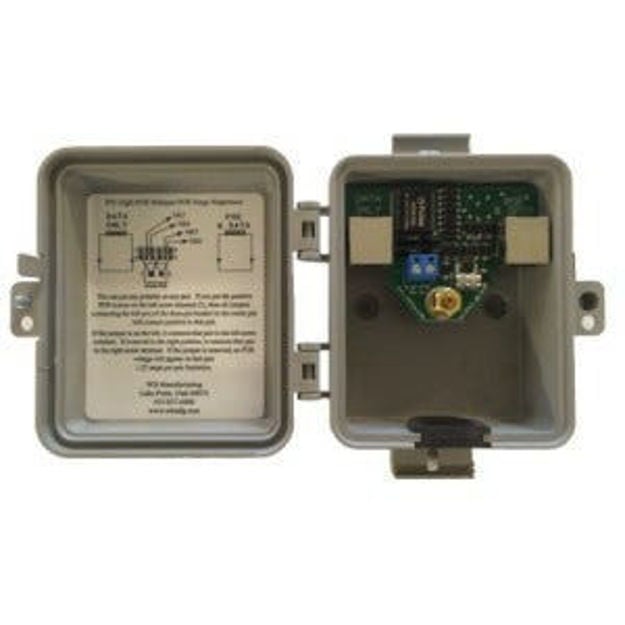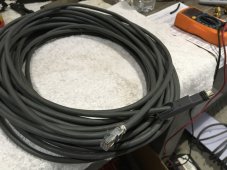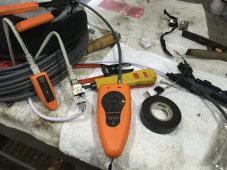shaines
New Member
- Joined
- Apr 25, 2022
- Messages
- 11
Hey all, long time lurker first time poster. Hoping I can get some additional eyes on my calculations for powering a Starlink terminal at our remote camp. At the moment it’s our only option to solve the problem of what is both the best and worst part of being at camp; it’s completely cut off from all forms of communication, but because of that we don’t go nearly as often as we’d like. This the only load I need to power and I’ve measured the average draw at 110w. I had hoped for 24/7 usage so I could setup some surveillance equipment and keep an eye on the property whenever/wherever, but after running those numbers, that is impractical. 110w doesn’t seem like that much until you need the batteries for a 3 day supply and an array to recharge it. I’ve decided on a strategy of programming a timer for 15 minutes on, 15 minutes off throughout the day, that drops my requirements to 12hrs/day for three days. That’s doable if my numbers are correct. I can’t build a system above 36v unless I’m willing to submit to the powers that be and agree to permits and inspections. I’m not, so 24v it is. Enough background, on to the math.
110w x 12hours/day = 1320w
1320w x 3days = 3960w
3960w / 1200w per 100ah 12v battery = (rounded up) 4 batteries = 4800w
4800w/5hours peak sun = 960w minimum array to charge in 1 day (5 hours)
at 24v I’d need a charge controller capable of 42a so a 60a charge controller.
This doesn’t account for any inefficiencies, but I’m hoping that my built in over sizing will negate those. With this setup I only have to wait 15 minutes if I’m not on site, and when I am onsite, if I need more online time, I can reconfigure the schedule to as much as 24/7 and have enough power for 36 hours after which I could hookup the Ford F-150 pro power generator and recharge that way.
Thanks in advance for any insights.
110w x 12hours/day = 1320w
1320w x 3days = 3960w
3960w / 1200w per 100ah 12v battery = (rounded up) 4 batteries = 4800w
4800w/5hours peak sun = 960w minimum array to charge in 1 day (5 hours)
at 24v I’d need a charge controller capable of 42a so a 60a charge controller.
This doesn’t account for any inefficiencies, but I’m hoping that my built in over sizing will negate those. With this setup I only have to wait 15 minutes if I’m not on site, and when I am onsite, if I need more online time, I can reconfigure the schedule to as much as 24/7 and have enough power for 36 hours after which I could hookup the Ford F-150 pro power generator and recharge that way.
Thanks in advance for any insights.








